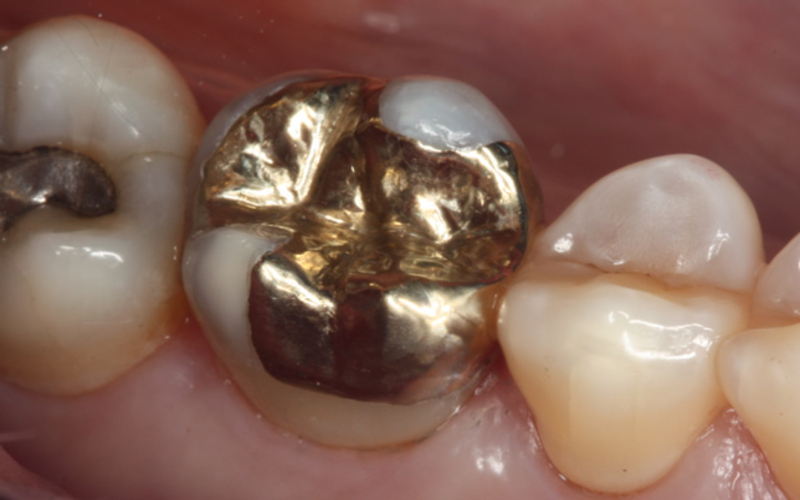Which is Better, Onlay or Inlay?
Introduction
When restoring damaged teeth, modern dentistry offers a range of options, including dental inlays and dental onlays. These two treatments may sound similar, but they serve distinct purposes and are recommended under different circumstances. In this blog, we will explore the world of dental inlays and onlays, understanding what they are, when they are used, their advantages, and ultimately, which one might be better suited for your dental needs.
Definition of Dental Onlays and Inlays
Before delving into the comparison, let's define dental inlays and onlays.
Explanation of Dental Inlays
Dental inlays are a conservative yet effective way to restore a tooth that has sustained moderate damage, such as decay or minor fractures. Here are some key aspects of dental inlays:
- Materials Used in Dental Inlays
Inlays are typically crafted from porcelain, composite resin, or gold. The choice of material depends on the patient's specific needs and preferences.
- Common Situations Where Inlays are Recommended
Dentists often recommend inlays when the tooth damage is not extensive enough to require a crown but too significant to be treated with a simple filling. They are suitable for restoring the chewing surfaces of molars and premolars.
Advantages of Dental Inlays
Conservation of Tooth Structure: Inlays allow for the preservation of more natural tooth structures compared to crowns.
Durability: They are highly durable and withstand chewing forces for many years.
Aesthetics: Porcelain inlays can be color-matched to your natural teeth, ensuring a seamless blend.
Explanation of Dental Onlays
Dental onlays, on the other hand, are used to address more extensive damage that extends beyond what inlays can handle. Here's what you need to know about dental onlays:
- Materials Used in Dental Onlays
Like inlays, onlays can be made from materials like porcelain, composite resin, or gold. The decision is based on the patient's unique needs.
- Common Situations Where Onlays are Recommended
Onlays are typically recommended when the tooth has sustained damage that extends to the cusp or chewing surface. They are often used for larger cavities or when there's a risk of further injury.
Advantages of Dental Onlays
Preservation of Tooth Structure: Onlays, like inlays, preserve more natural tooth structure than crowns.
Strength and Durability: They offer exceptional strength and longevity, making them suitable for heavy chewing forces.
Customization: Onlays can be precisely tailored to fit the specific shape and size of the damaged tooth.
Key Differences Between Inlays and Onlays
The primary difference between inlays and onlays lies in the extent of tooth damage they address. Inlays are for moderate damage within the tooth's cusps, while onlays are for more extensive damage that includes the points.
Cost Comparison
In terms of cost, inlays are generally more affordable than onlays because they involve less material and labor. However, the price can vary depending on the material used and the dentist's fees.
Durability and Longevity
Both inlays and onlays are known for their durability and longevity. They can last for many years with proper care, often exceeding the lifespan of traditional fillings.
How a Dentist Determines Which Restoration is Best for a Patient?
The dentist determines the choice between an inlay and an onlay based on a thorough examination of the patient's tooth, the extent of damage, and the patient's oral health. Dentists aim to preserve as much natural tooth structure as possible while effectively restoring function.
Conclusion
In conclusion, deciding whether an inlay or an onlay is better depends on the individual's dental condition. Inlays are suitable for moderate damage, while onlays are reserved for more extensive cases. Your dentist will assess your needs and guide you toward the most appropriate restoration option. Both inlays and onlays offer excellent durability and aesthetic benefits, ensuring your smile remains healthy and beautiful for years. To make an informed choice, consult your dentist and embark on your journey towards a healthier, happier smile.




Comments
Post a Comment